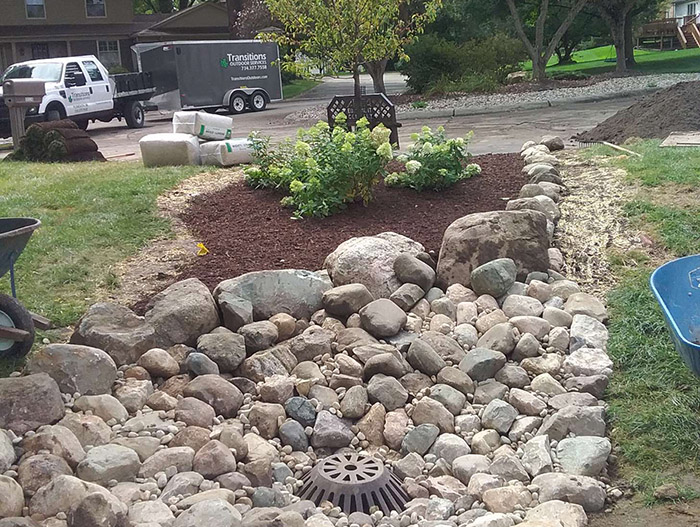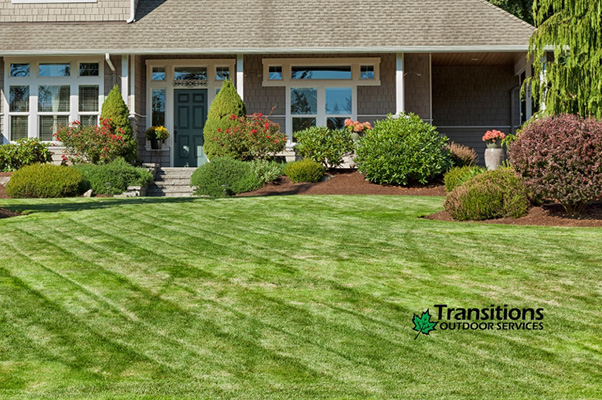One often overlooked aspect of home maintenance is proper drainage. Poor drainage can lead to a myriad of problems, the most serious of which is damage to your home's foundation. Understanding how drainage issues affect your foundation can help you take proactive steps to protect your home.
1. Soil Erosion
One of the primary ways poor drainage affects your foundation is through soil erosion. When water is not properly channeled away from your home, it can cause the soil around your foundation to erode. This erosion can lead to gaps and spaces around your foundation, making it unstable and more susceptible to settling or shifting.
Tip: Ensure that your downspouts and gutters are directing water at least six feet away from your home's foundation. Installing a splash block or an extender can help with this.
2. Hydrostatic Pressure
Excessive water accumulation around your foundation increases hydrostatic pressure. This pressure can push against your foundation walls, causing cracks and structural damage. Over time, the continuous pressure can lead to significant foundation issues, including bowing walls and basement flooding.
Tip: French drains or a sump pump can help manage groundwater around your foundation, reducing hydrostatic pressure.
3. Foundation Cracks
Water that accumulates near the foundation can seep into small cracks and expand them over time, especially during freeze-thaw cycles. As these cracks grow, they compromise the integrity of your foundation, leading to more severe structural problems.
Tip: Regularly inspect your foundation for cracks and seal them promptly. Waterproofing your foundation walls can also provide an extra layer of protection.

4. Basement Flooding
Poor drainage can lead to water pooling around your home, increasing the risk of basement flooding. This not only damages your belongings but also creates a moist environment that promotes mold growth and attracts pests. Persistent moisture can weaken the foundation over time, leading to costly repairs.
Tip: Ensure proper grading around your home so that the ground slopes away from the foundation. This simple step can significantly reduce the risk of water pooling near your foundation.
5. Soil Expansion and Contraction
Different types of soil react to moisture in various ways. Clay soil, for instance, expands when wet and contracts when dry. This constant expansion and contraction can put stress on your foundation, leading to cracks and other structural issues.
Tip: Maintain consistent moisture levels around your foundation. During dry periods, consider using a soaker hose to keep the soil evenly moist and prevent excessive contraction.
6. Damage to Landscaping
Poor drainage can also affect your landscaping, which in turn can impact your foundation. Overwatered plants and saturated soil can lead to root rot and soil instability. Dead or weakened plants offer less support to the soil structure around your foundation, exacerbating drainage problems.
Tip: Implement a landscape design that promotes proper drainage. Use plants that are well-suited to your local climate and soil type to maintain a healthy and stable yard.
Let Transitions Outdoor Services Help
Proper drainage is essential to maintaining the health and stability of your home's foundation. From preventing soil erosion to managing hydrostatic pressure, taking steps to ensure water is effectively channeled away from your home can save you from significant structural issues and costly repairs.
At Transitions Outdoor Services, we understand the importance of a solid foundation. Our team of experts is equipped to assess and address your drainage issues, providing solutions tailored to protect your home. Whether you need a new drainage system installed, regular maintenance, or immediate repairs, we are here to help. Contact us today to safeguard your home’s foundation and ensure a secure, stable living environment.

